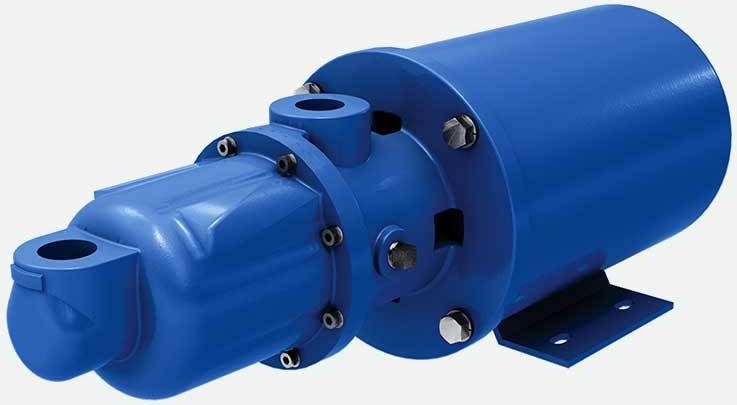A Range of Benefits Offered by Sanitary Pumps
Sanitary Pumps have been specifically designed to handle various kinds of products pertaining to the pharmaceutical, health, cosmetic, food, and dairy industries. These industries would commonly be based on the equipment that could be cleaned and sterilized with ease and at regular intervals. It would ensure that no product contamination occurs.
Such kinds of products would be inclusive of liquids that would form films, variable liquids, and different colors or dry quickly. The design of sanitary pump would make it a perfect candidate for aseptic applications.
Benefits offered by sanitary pumps
A benefit offered by sanitary pumps would be that the parts coming in contact with the liquids would be made of stainless steel. The pump could be easily disassembled for cleaning or sterilization. The components of the pump inclusive of the bearings along with the seals would be less vulnerable to wear and tear because of friction.
It would also imply that apart from some unique components that might need repair or replacement, they would mostly need less maintenance. It would be pertinent to mention here that the high-quality components along with the simple designs would minimize the requirements for regular maintenance.
Apart from the innovative design, the pumps would be largely competitive. It would not be wrong to suggest that their quality would be great, as they have been deemed one of the most contemporary pumps made available on the market. You should rest assured that you would be satisfied with every dime spent on them. With respect to the size and specifications of the pumps, you should rest assured that the pumps are highly flexible. It would make them largely affordable, as their prices would be determined by the specific needs of the customer.

Understanding the operation of the pump
The operation of the sanitary pump would produce relatively low noise levels. It would make the pump perfect for environments that need minimal disruption. These would be inclusive of health centers. The sanitary pumps would be approved by the respected authorities in the region. Their operation has been largely profitable based on their size. It would not be wrong to suggest that low flow rates along with high performance would be possible even in small pumps. The sanitary pumps would enable adequate flow over small repetitive quantities. The non-pulsed flow would also enable sensitive applications. Sanitary pumps would be capable of self-priming.
A majority of models would offer to pump without causing contamination with their additional features. It would enable the models to enhance their productivity along with reducing the overall operational costs.


Comments are closed.